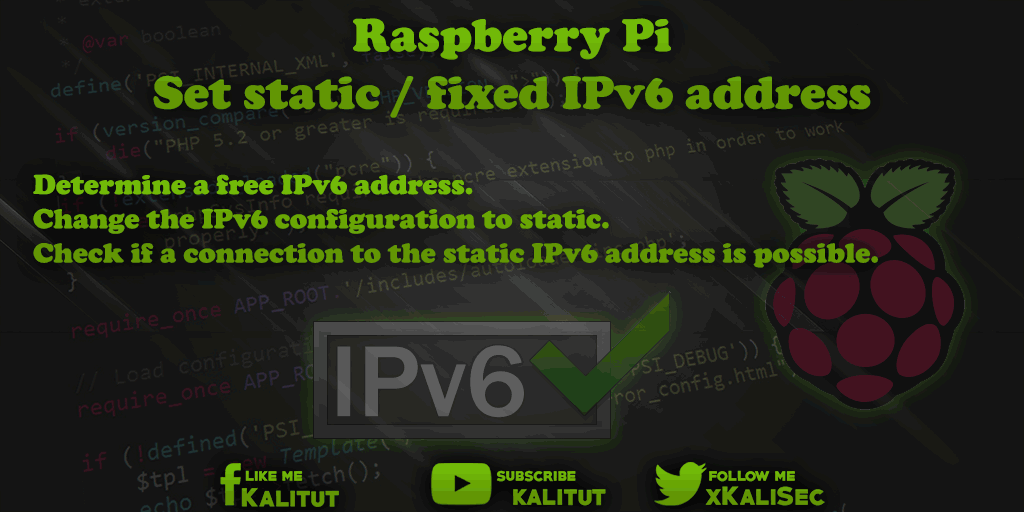If you activate IPv6 in Raspberry Pi, it has the disadvantage that there is a rather complicated IPv6 address that you can barely remember. If you use Raspberry Pi as a client, that’s no problem. But if you want to operate Raspberry Pi as a server within the local network or often want to access it via SSH, then a static IPv6 address would be an advantage.
Of course, this assumes that IPv6 is enabled and works at least on the local network.

Note: If you configure static IP addresses, they should not come from the DHCP pool of a DHCP server.
task
- Determine a free IPv6 address.
- Change the IPv6 configuration to static.
- Check if a connection to the static IPv6 address is possible.
